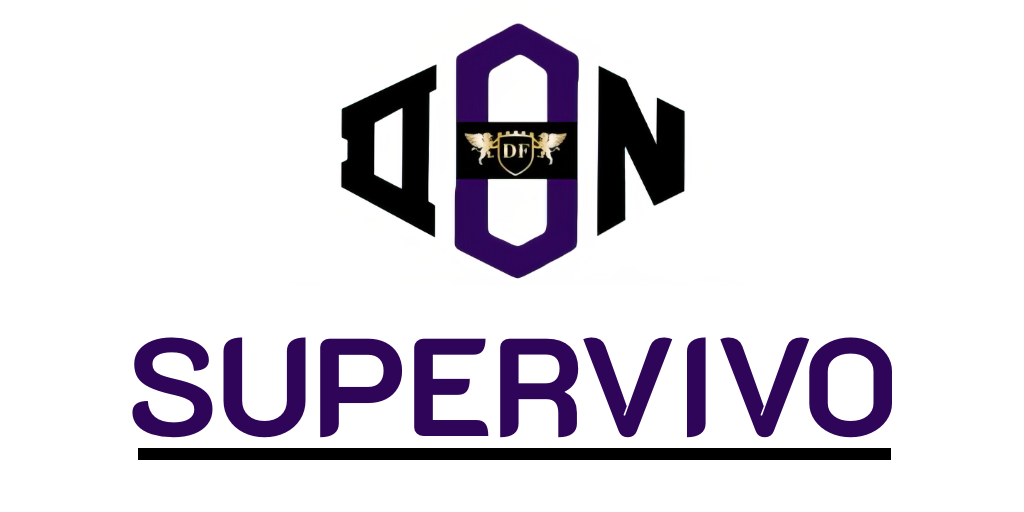As we delve into 2023, the field of cybersecurity is witnessing transformative shifts that are shaping how individuals and organisations approach online protection. The rise of sophisticated cyber threats necessitates a proactive stance towards safeguarding sensitive information. This article highlights critical trends in cybersecurity, exploring the evolving threat landscapes, cutting-edge technology advancements, and the increasing importance of compliance. By understanding these elements, readers can enhance their awareness and resilience in an age where digital security is paramount.
Emerging Threat Landscapes
The cybersecurity landscape is evolving at an unprecedented pace. With technology advancing rapidly, new cyber threats such as ransomware and phishing are becoming more sophisticated. Understanding these challenges is crucial for organisations aiming to secure their data and protect their assets.
Rise of Ransomware Attacks
Ransomware attacks have emerged as one of the most pressing cyber threats today. Cybercriminals exploit vulnerabilities, encrypting vital data and demanding high ransoms for its release. Industries like healthcare and finance have been disproportionately affected, with numerous data breaches reported. This trend underscores the importance of investing in robust cybersecurity measures to safeguard against potential losses.
Advanced Phishing Techniques
Phishing attacks have also escalated, utilising advanced social engineering techniques to trick individuals into revealing sensitive information. Recent trends indicate that these methods are becoming increasingly targeted, making it difficult for users to discern legitimate communications from malicious ones. With reports highlighting a rise in personalised phishing schemes, organisations must prioritise employee training and awareness to combat this growing threat.

Technological Advancements in Cybersecurity
In the ever-evolving landscape of cybersecurity, technological advancements play a crucial role in bolstering defence systems against emerging threats. Innovations such as Artificial Intelligence (AI) and machine learning are transforming the way organisations approach cybersecurity technology. As these technologies gain prominence, they are reshaping security frameworks to enhance responsiveness and minimise vulnerabilities.
Artificial Intelligence and Machine Learning
AI and machine learning have introduced dynamic capabilities in identifying and mitigating cyber threats. These technologies can analyse extensive datasets swiftly, pinpointing unusual patterns that may suggest potential breaches. The integration of AI significantly reduces response times, empowering security teams to act decisively in crisis situations. As more organisations adopt these technologies, the shift towards data-driven security measures becomes increasingly apparent, with predictions indicating that a substantial percentage of security operations will incorporate AI by the mid-2020s.
Zero Trust Security Models
The Zero Trust security model advocates a philosophy of “never trust, always verify.” This approach fundamentally challenges traditional security paradigms, as it assumes that threats could exist both outside and inside organisational perimeters. By enforcing strict identity verification for every individual accessing systems and data, Zero Trust significantly enhances data protection measures. This framework not only addresses existing vulnerabilities but also fosters a comprehensive strategy for safeguarding assets in a world rife with advanced cyber threats.
Cybersecurity Trends to Watch
The realm of cybersecurity is evolving rapidly, driven by emerging threats and a heightened focus on regulations and compliance. As organisations strive to protect sensitive data, several key trends are becoming increasingly prominent, shaping the future landscape of cybersecurity strategies.
Increased Regulation and Compliance
With the rise of digital threats, regulatory bodies across the globe are imposing stricter regulations on data protection and cybersecurity. Notably, the General Data Protection Regulation (GDPR) exemplifies the stringent compliance requirements organisations must adhere to, enforcing significant penalties for breaches. This tightening of regulations has compelled businesses to adopt rigorous compliance measures, fostering a culture of accountability and proactive risk management.
Integration of Cybersecurity in DevOps
The integration of cybersecurity within the DevOps framework is becoming essential in modern software development. As organisations embrace agile methodologies, it is crucial to embed security throughout the development lifecycle. This approach not only enhances compliance with relevant regulations but also strengthens overall cybersecurity strategies by identifying vulnerabilities early in the process. DevOps teams are encouraged to prioritise the security of applications, promoting a secure coding environment.
Focus on Cloud Security Solutions
The migration to cloud environments has transformed the way businesses operate, introducing both opportunities and challenges. As enterprises increasingly rely on cloud-based solutions, a significant focus on cloud security is paramount. Robust security measures must be implemented to safeguard against the unique vulnerabilities in these environments. The Cloud Security Alliance highlights the imperative for organisations to adopt comprehensive cloud security strategies, ensuring that data is protected and regulatory compliance is maintained.
The Role of Cybersecurity in Business Strategy
In today’s rapidly changing digital landscape, integrating cybersecurity into a company’s overarching business strategy has become essential. As cyber threats evolve, organisations need to ensure robust cybersecurity alignment with their strategic objectives. A well-defined cybersecurity strategy not only protects sensitive information but also fosters trust among customers and stakeholders.
Aligning Cybersecurity with Business Goals
Cybersecurity should not be viewed as a standalone function but rather as a critical component of overall business strategy. By aligning cybersecurity initiatives with business goals, companies can proactively mitigate risks while maximising opportunities for growth. This alignment promotes a culture of security throughout the organisation, enhancing resilience against attacks.
Investing in Cyber Awareness Training
Employee training plays a pivotal role in fostering cyber awareness within an organisation. Investing in comprehensive training programmes equips staff with the knowledge and skills necessary to identify and respond to potential threats. A well-informed workforce can significantly reduce vulnerabilities, reinforcing the company’s defence mechanisms against possible breaches. This proactive approach to employee training not only safeguards assets but also contributes to a confident and security-conscious organisational atmosphere.
The Future of Cybersecurity Workforce
The landscape of the cybersecurity workforce is undergoing a remarkable transformation, driven by a surging demand for specialised skills. As cyber threats become increasingly sophisticated, organisations are confronted with a significant shortage of qualified professionals, which has been highlighted in Deloitte’s recent findings. In this evolving environment, talent acquisition and retention are not merely administrative tasks but strategic imperatives that organisations must prioritise to secure their digital future.
Emerging career trends indicate that continuous education and upskilling will be crucial for professionals aiming to stay relevant. With the rapid pace of technological advancement, the cybersecurity workforce will require individuals who are adept in new methodologies and tools. Hence, organisations must invest in robust workforce development programmes to cultivate a culture of lifelong learning, empowering their teams to tackle ever-evolving challenges effectively.
Diversity within the cybersecurity workforce is increasingly seen as a key factor in addressing complex problems. Attracting a varied pool of talent can inspire innovative solutions and new perspectives, further enriching the sector. As we look ahead, fostering an inclusive environment that promotes diverse skill sets will not only bridge the skills gap but will also optimise any organisation’s resilience against future cyber threats.









